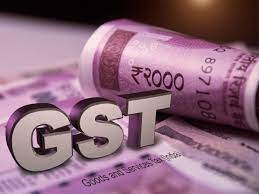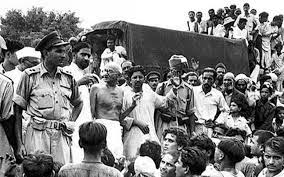The historical event you are referring to is known as the Champaran Satyagraha, which marked one of Mahatma Gandhi’s early significant interventions in India’s freedom struggle. Here is an overview of Mahatma Gandhi’s involvement in the Champaran movement:
In 1917, Mahatma Gandhi arrived in the Champaran district of Bihar, India, in response to the pleas of local farmers who were suffering under oppressive farming conditions imposed by British indigo planters. Indigo cultivation was a major cash crop in the region, and the farmers were forced to grow indigo on a portion of their land and sell it to the British planters at low prices.
Gandhi’s arrival in Champaran sparked a nonviolent resistance movement against the exploitative practices of the indigo planters. He organized meetings, spoke to the local farmers, and encouraged them to stand up for their rights. Gandhi educated the farmers about their legal entitlements and the importance of nonviolent protest.
One of the significant achievements of the Champaran Satyagraha was the formation of the Champaran Agrarian Inquiry Committee, which was appointed by the British authorities to investigate the grievances of the farmers. Gandhi acted as the principal mediator between the committee and the farmers, ensuring their voices were heard.
The movement gained momentum, and Gandhi was eventually arrested by the British authorities on charges of sedition. However, his arrest and subsequent trial attracted widespread attention and public support for his cause. Eventually, the British government relented and issued an ordinance abolishing the exploitative tinkathia (contractual system) and implemented fairer terms for indigo farming.
The Champaran Satyagraha was a significant milestone in Gandhi’s activism and marked the beginning of his experiments with nonviolent civil disobedience, which would become the hallmark of his later campaigns, including the Salt March and the Quit India Movement.
The success of the Champaran Satyagraha not only improved the conditions of the indigo farmers but also propelled Gandhi into a national figure, solidifying his reputation as a leader and advocate for social justice and nonviolent resistance in India’s struggle for independence.







